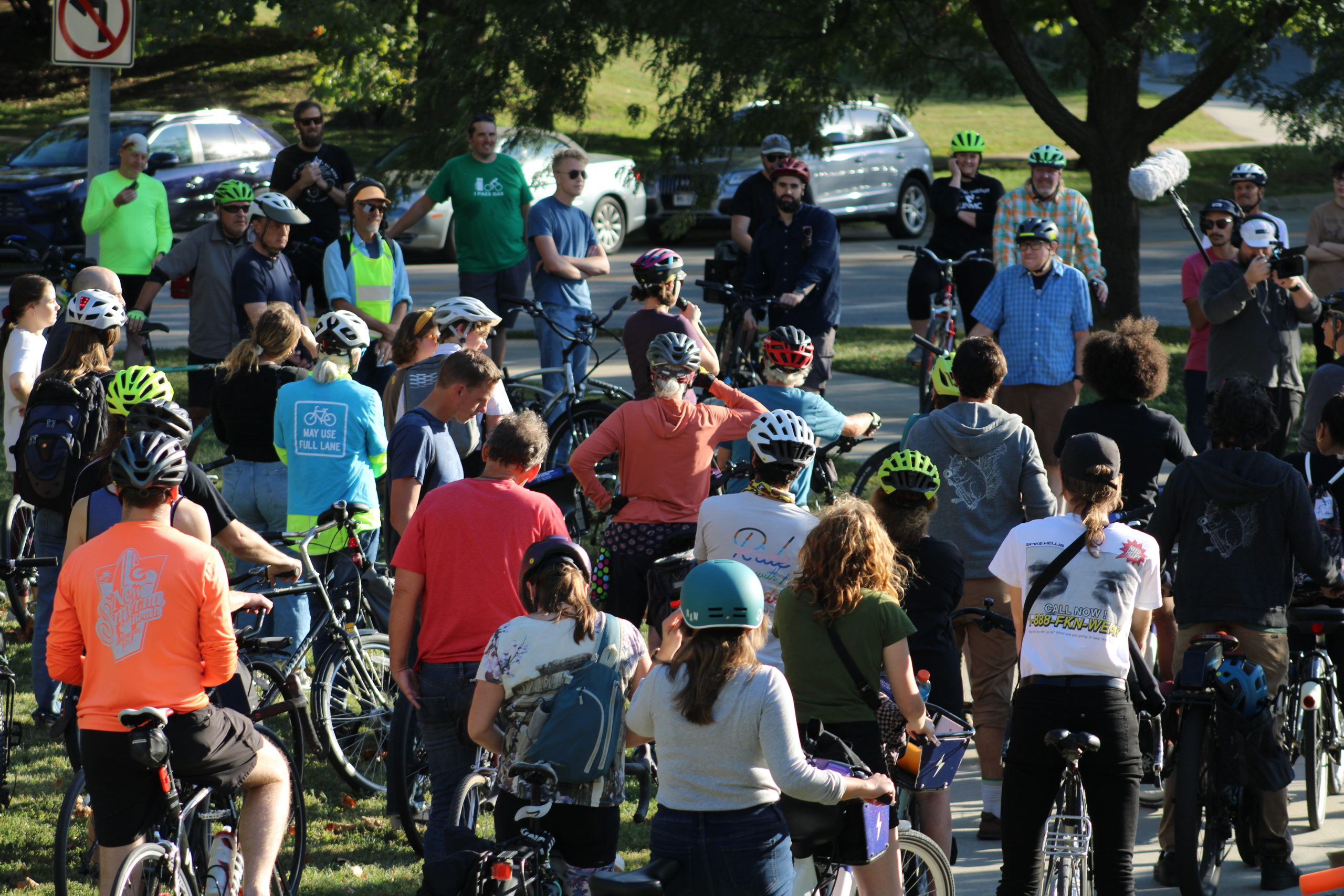As Verdis’ Group’s Chief Century Thinker (CCT), “Daniel brings a passion to cultivate adaptive and resilient solutions for communities and organizations to thrive now and for generations to come.” Daniel is one of the organizers of the the Midtown on the Move initiative and he will be our guest at the upcoming monthly Coffee Chat, June 16th.
He serves on the Board of Directors for the Metro Transit Authority, the Advisory Board for the University of Nebraska’s Center for Urban Sustainability, and Creighton University’s Energy Technology Program Board. He is part of Omaha by Design Environmental Element Implementation Team. In 2012, Daniel was recognized with MAPA‘s Regional Citizenship Award and is one of the Omaha Jaycees’ 2010 Ten Outstanding Young Omahans. He was recently recognized nationally as an Aspen Environment Forum Scholar.
We asked him five questions:
What is your preferred mode of transportation?
- Multi-modal. I primarily walk and bus. If I have time, walking is my favorite because I get to interact with the place I am in. Take in the architecture, notice the natural spaces and urban wildlife, and greet other people.
What, in your opinion, is the greatest challenge to multi-modal transportation in Omaha?
- The mindset that everyone drives so they will always drive.
What, in your opinion, the the greatest multi-modal success in Omaha?
- There are many. Recently, Metro Transit’s system change to improve frequency and reduce travel times system-wide and the upcoming Bus Rapid Transit on Dodge Street (not to mention the $15 million grant Omaha received to do this).
- Historically, nearly all development pre-1940’s when land use was predicated on walkability, streetcars, and minimal auto use.
- UNMC and Nebraska Medicine implemented TravelSmart–a comprehensive multi-modal commuting program–and shifted multi-modal commutes from 13% to 19% in one year.
- Probably the one with the greatest impact is a renewed focus on redeveloping the urban core and quality walkable, bikeable, transit-oriented neighborhoods (Benson, S. 10th St., Vinton St., Blackstone, Midtown Crossing, Aksarben Village). The more people living close to their daily trips (commutes, entertainment) the more likely they are to leave their car at home.
How did you come to have an interest in transportation?
- I’m a human, I move to live. 😉
- It stemmed from my passion for our environment. I desire to live lightly on this planet. After I started my multi-modal lifestyel, I feel in love with it. It just fun, I feel healthier when I’m walking, biking, and busing throughout my day. There is also a huge side benefit fo saving money. My family of five only owns one car because of where we live. I walk, bike, bus, and rideshare and my wife and kids get the car most of the time. I still drive once in a while, but rarely.
If you could magically change one thing about the transportation systems in Omaha, without limit to budget or feasibility, what would it be?
- Complete streets everywhere coupled with pedestrian and transit oriented development. This would address both the demand (people living in walkable, bikeable, transit-oriented neighborhoods) and the supply (infrastructure to make the connections easy, such as proximity to mixed use, safe pedestrian and bicycle facilities, and a robust transit system focused on frequency and reliability)

